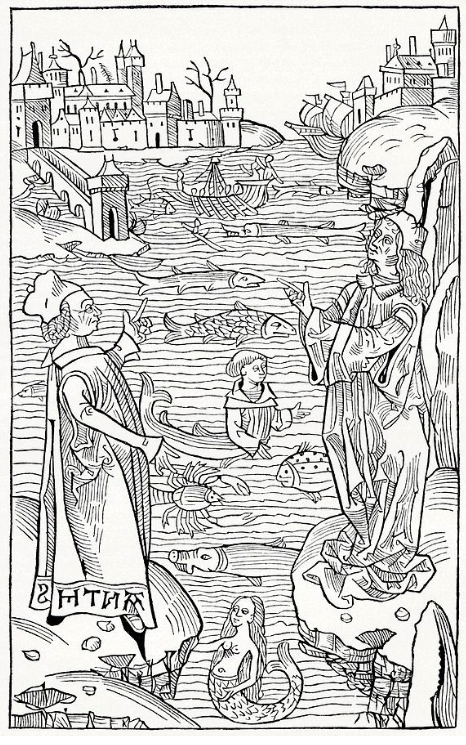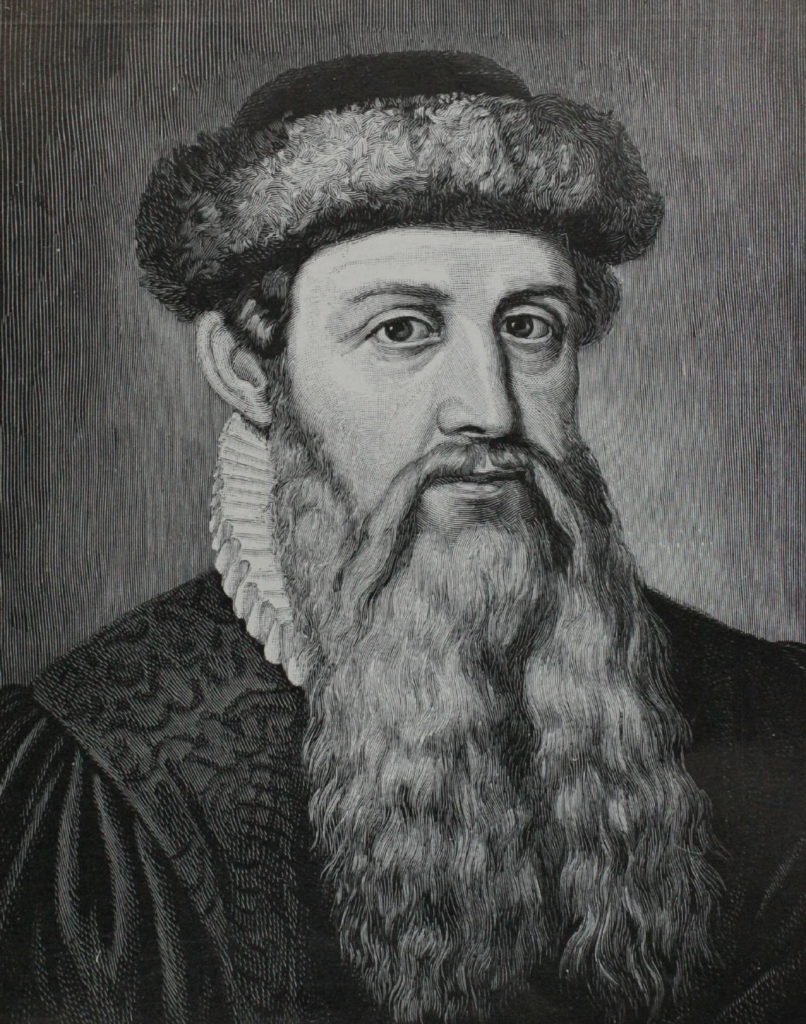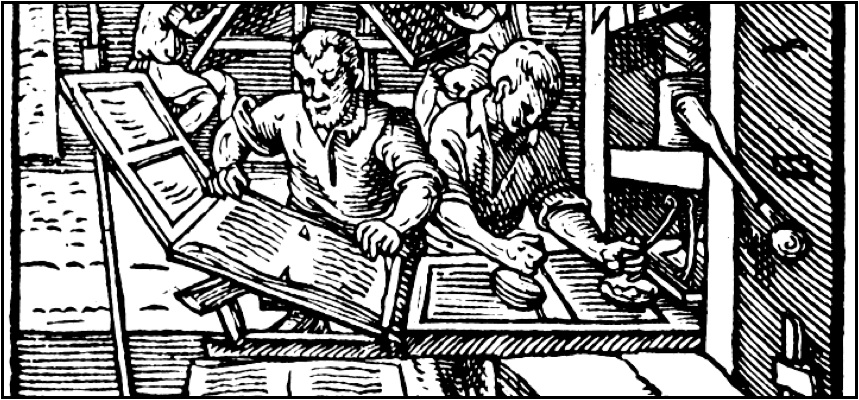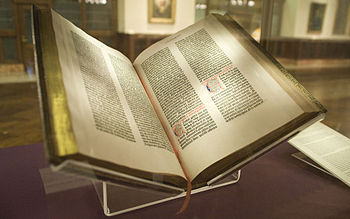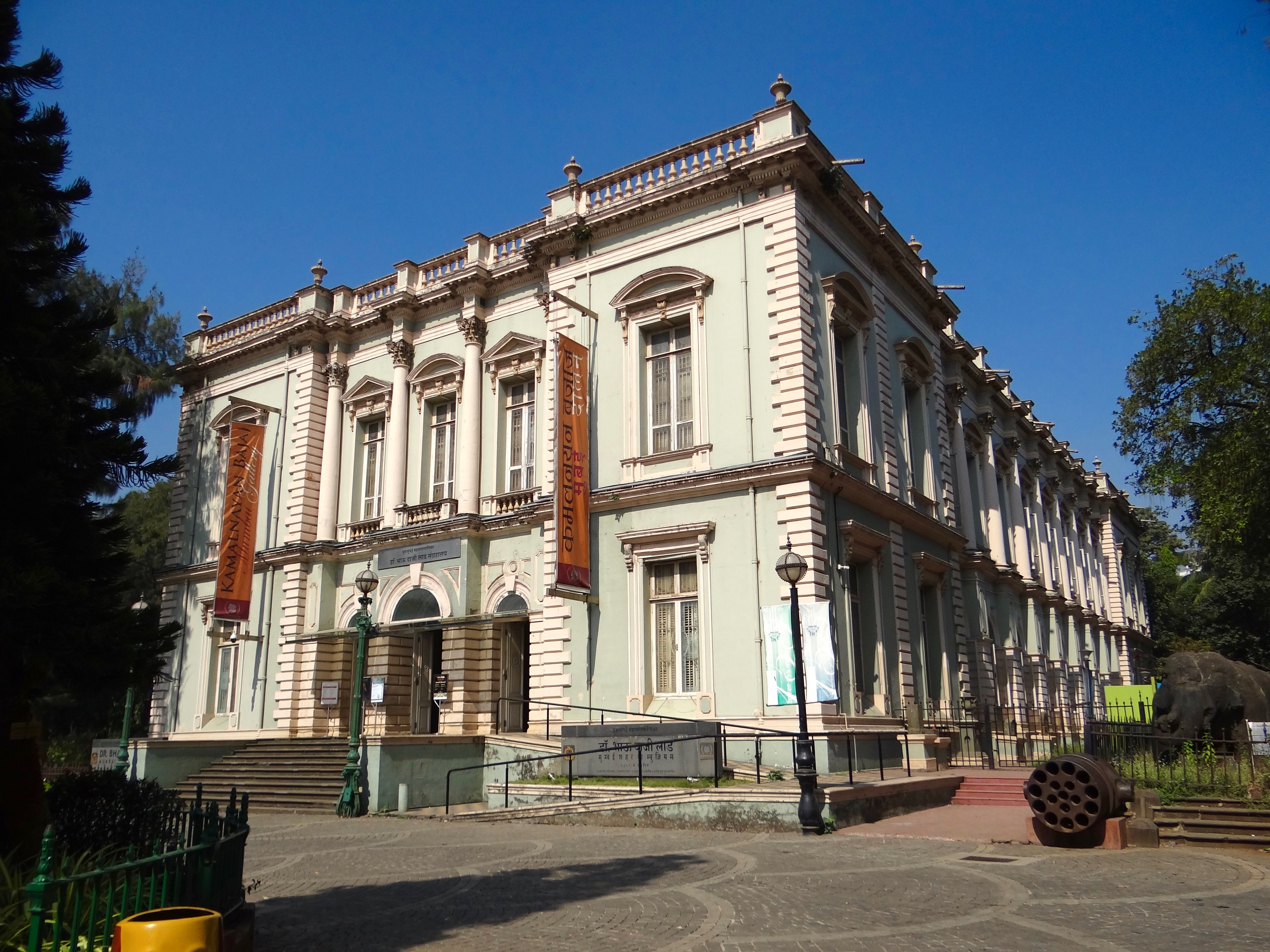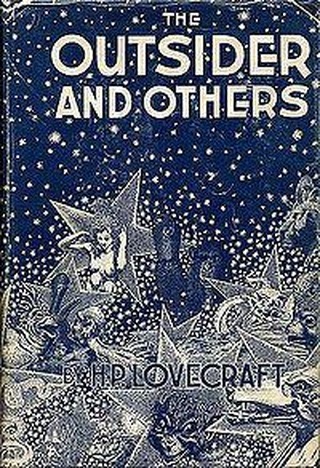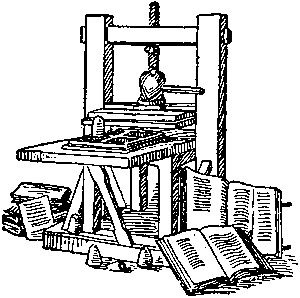
Movable Printing Press
How One Man Changed the World 500 years ago with technology we still use today
This is the real impact of the Printing Press and here is how it works
We are consuming online media like never before. I can also say that today’s netizens come in contact with so much of information online that we are full of it. Think about it, Snapchat is all video content, Instagram is picture content, Twitter is small to the point content, Facebook is pictures, video and written content, Wattpad is stories content and YouTube is video content; and of all these I am naming just a few. Before you think I sound like a social media marketing guru let us go back and think what we’ve done during the day. Haven’t we consumed some kind of data?
The online media is indeed revolutionary and has changed the field of marketing, advertising and business yet there is one invention which gave birth to the information we know today and it wasn’t the internet.
By the mid-15th century printing had been invented in its nascent form in Europe and China. Let us look at the European style of printing.
By the middle ages a wood cut printing method reached Europe. A mirror image of the matter was first drawn on the wooden block. Then the lettering had to carved out. Finally ink would be applied on the block and a paper would be pressed on it. This was a time consuming process. Manuscripts couldn’t be printed like this they had to be handwritten. Carving such tiny bits of letters was tedious not to mention too long a process.
This meant that illiteracy was at a high. Books were treasures to be sought after and very expensive to attain. Monasteries owned most of the manuscripts and priests dictated the time of the day.
Johannes Gutenberg had been a pupil in a monastery in Germany and was now a scholar. Yet he felt the need just like his other counterparts to invent an easy printing process. Gutenberg got himself financially backed and set to work with Andreas Dritzehn and Andreas Heilmann. Gutenberg was previously working as a goldsmith and his amongst his two companions one was a gem-cutter and the other worked in a paper mill.
Using all his knowledge on metals, Gutenberg came up with a revolutionary idea. He listed down all the alphabets, punctuation marks and ligatures. Ligatures are combinations of alphabets that repeatedly occur in a language eg. he is used as he, she, the etc. Using a technique similar to the wooden block printing, he made blocks with the mirror image of the character. Then a created a printing matrix. A printing matrix was a cuboid shaped box with a cuboidal hollow and an opening below. He then fit his blocks with the mirror image character under the box and poured a mixture of lead, tin and antimony. The box would then be shut and cooled. The result would be a tiny character called type block. It is said that Gutenberg made 290 characters in all.
Gutenberg’s press had a letterbox. The type blocks would be placed in a mirror image style in a letter box forming multiple sentences. And these type blocks could be reused. Then Gutenberg made a spherical pressing cushion from goat skin to dab the ink. His ink was also walnut oil based bought from the local farmers. Previously ink used to be water based, oil based ink gave a better consistency. Ink would be pressed with the goat skinned cushion on the text blocks in the letterbox. A page would be laid on top and then shut by a lid. This would then be pressed tightly by a lever to be rotated by hand. This was the movable printer.
Since text blocks could be reused, Gutenberg’s invention reduced the cost of printing. On 30th September, 1452 Gutenberg successfully printed the latin Bible. twenty years after the invention of the movable printing press, in came to be widely used.
Books were printed and people began educating themselves, literacy grew. And along with the literacy something else changed. Leaflets and flyers were the first kind of print advertising seen by this world. Kings used it to propagated their ideas and very famously Martin Luther King got half a million German Bibles printed and distributed it to the new literate groups creating awareness of the church’s false teachings.
The invention of printing press not only contributed to the European renaissance but also saved a lot of time and labour from writing manuscripts manually. It helped spread ideas, literature and other thoughts easily and easily.
What do you think about the print media and online media world? Comment below because I am eager to know…..
——————————–
This month we are celebrating books. Explore other related articles-
The Grand Library of Pergamum- http://giglee.in/library-of-pergamum/
What is this thing called as the Reading Mania- http://giglee.in/reading-mania/
—————————————————–
This is a featured article from the July Issue.






